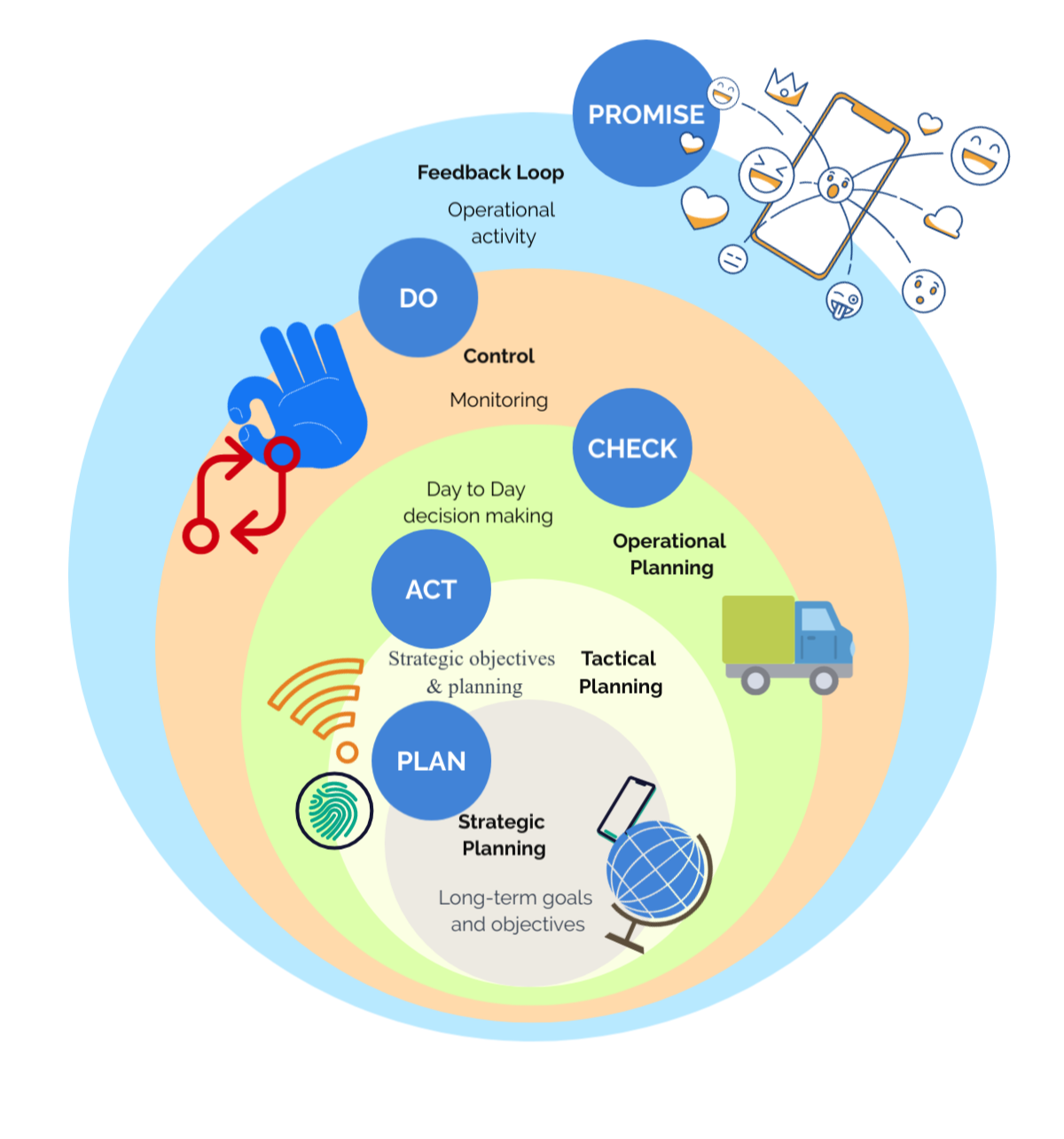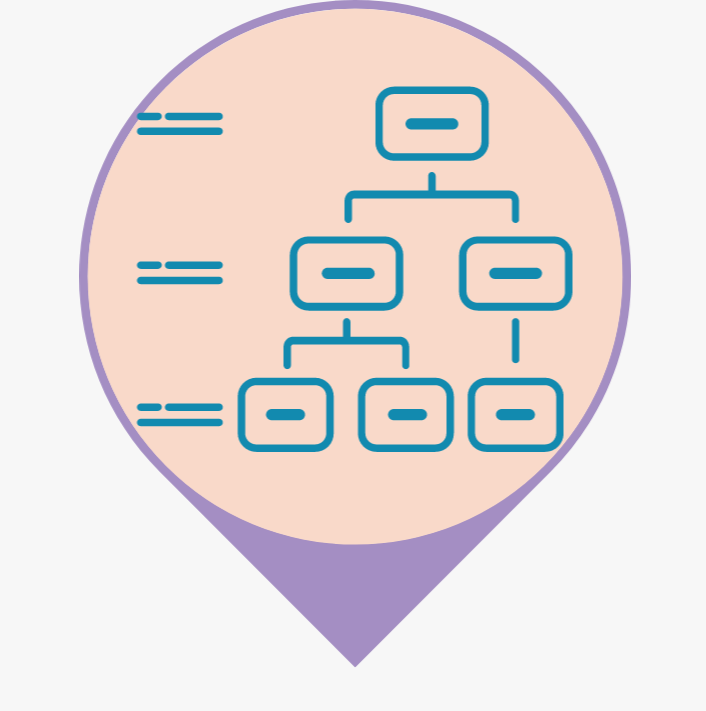3. Operational Planning:
Definition: Operational planning is the most detailed level and focuses on short-term planning to implement the tactical plans. It involves day-to-day decision-making and resource allocation to ensure that the organization functions smoothly.
Example: For the smartphone company, operational planning could involve decisions such as setting daily production targets, managing inventory levels, coordinating shipping schedules, and overseeing customer service operations to address immediate issues.
Day-to-Day Decision-Making: Operational planning ensures that the organization’s daily activities are aligned with its tactical and strategic goals. It involves detailed scheduling, resource allocation, and immediate problem-solving.
4. Control:
Definition: Control is an ongoing process that involves monitoring and adjusting activities to ensure they align with established plans. It includes setting performance standards, measuring actual performance, and taking corrective actions if necessary.
Example: Using performance metrics, the smartphone company might compare actual sales figures with the targets set in the operational plan. If sales fall below expectations, corrective actions might include adjusting marketing strategies, offering promotions, or analyzing customer feedback for product improvement.
Monitoring and Adjustments: Control mechanisms ensure that the organization stays on track. They involve continuous monitoring of performance and making necessary adjustments to achieve the desired outcomes.





